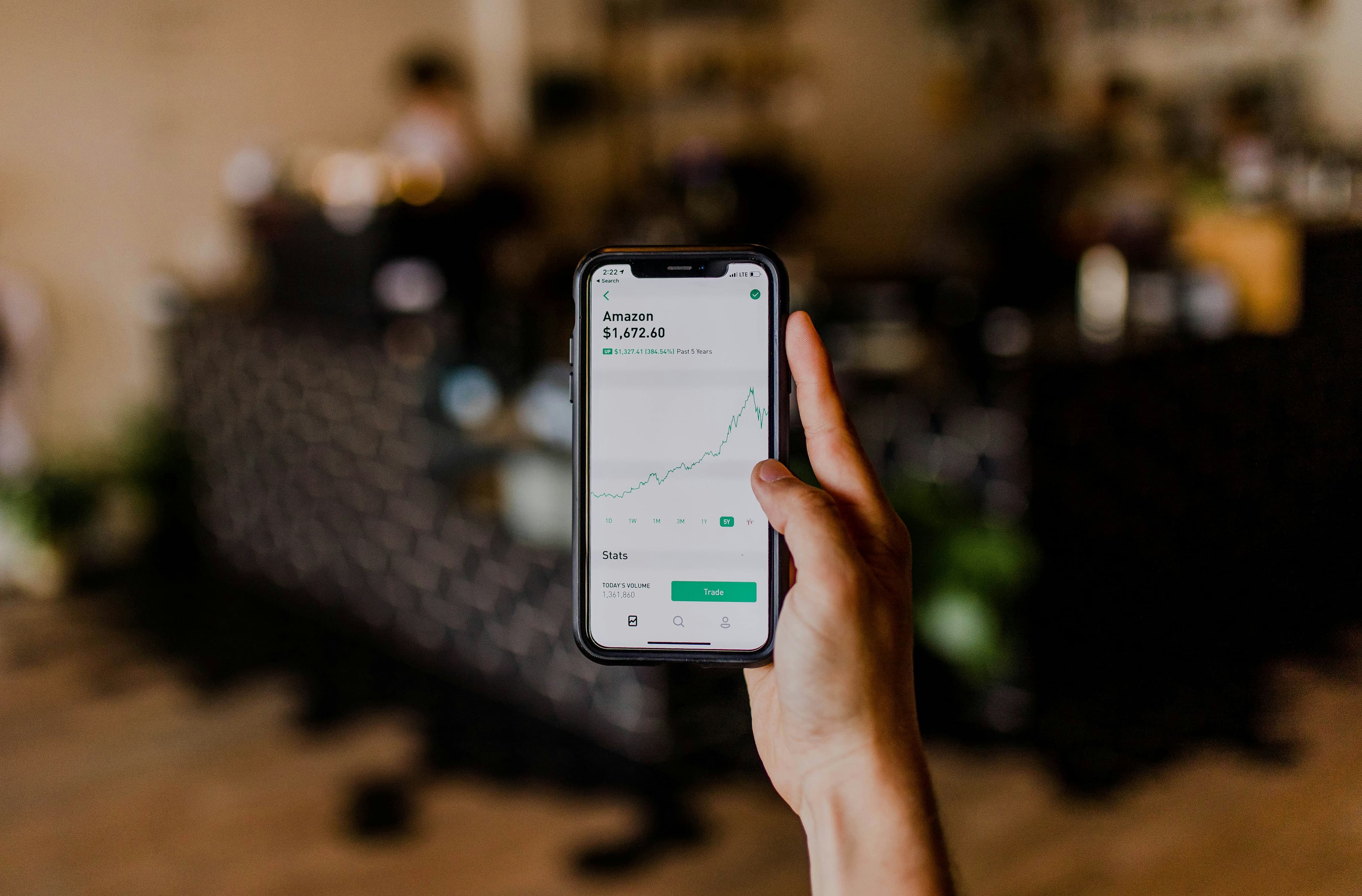Building a Smarter Investment Portfolio in Six Steps

Think about a baseball team's general manager. Their job isn’t just to find the best home run hitters. They need a balanced team of hitters, fielders, pitchers, and fast runners. A team full of power hitters might look great on paper but will likely strike out too much to win a championship. Likewise, a team focused only on defense might not score enough runs to win consistently. True success comes from building a team with diversified strengths.
This same logic is crucial for anyone interested in . Many people get started with a simple strategy, like buying an S&P 500 index fund, and stop there. As columnist Jonathan Clements once pointed out, indexing is a great strategy, but many folks don’t take it far enough. Sticking only to the S&P 500 is like building a baseball team with just one type of player.
This article breaks down how you can build a more robust, well-diversified portfolio. We’ll walk through a process that uses passively managed funds, taps into asset classes with higher expected returns like small and value companies, avoids the risks of long-term bonds, and leverages global diversification to make your portfolio more efficient. It's a foundational guide for and seasoned investors alike.
Our Starting Point: The Control Portfolio
To see how this works, let's establish a baseline. We’ll look at a “control” portfolio with a traditional 60% stock and 40% fixed-income allocation, a common setup for pension plans and individual investors. This portfolio’s performance is tracked from 1975 to 2003.
For simplicity, we’ll assume our investor is using passive funds: 60% in an S&P 500 Index fund and 40% in a fund tracking a common bond index (the Lehman Government/Credit Bond Index).
Here’s how that basic portfolio performed:
- 12.3%
- 11.0%
- $28.75
- 0.58
An annual return of 12.3% is nothing to sneeze at, and most investors would be happy. But could we do better? By applying the principles of Modern Portfolio Theory (MPT) step-by-step, we can see how to improve returns without taking on more risk.
Step 1: Go Global
First, we apply the principle of diversification by adding international exposure. We keep the 60% equity allocation but shift it from 100% U.S. stocks to two-thirds U.S. and one-third international. The portfolio now looks like this:
- 40% S&P 500 Index
- 20% EAFE Index (Large International Companies)
- 40% Lehman Bond Index
This change produced a slightly lower return (12.2%), but it also reduced volatility to 10.6%. The portfolio became more efficient, with a Sharpe Ratio of 0.60. This is a classic example of how diversification can smooth out the ride.
Step 2: Add Small U.S. Companies
Next, we introduce a U.S. small-company fund, an asset class with historically higher expected returns. We take half of our S&P 500 allocation and move it into small companies.
- 20% S&P 500 Index
- 20% U.S. Small-Company Fund
- 20% EAFE Index
- 40% Lehman Bond Index
This adjustment boosted the annualized return to 13.4%—a 10% increase from the previous step— increasing volatility. The growth of a dollar jumped from around $28 to $38.33, and the portfolio's efficiency (Sharpe Ratio) climbed to 0.71.
Step 3: Introduce Value Stocks
Now, let's add another high-expected-return asset class: value stocks. We split our U.S. large-cap and U.S. small-cap allocations to include both growth and value companies.
- 10% S&P 500 Index
- 10% U.S. Large Value
- 10% U.S. Small
- 10% U.S. Small Value
- 20% EAFE Index
- 40% Lehman Bond Index
Adding value stocks pushed the return up to 13.8% while volatility remained steady at 10.6%. This is how we fine-tune a portfolio, making small changes that create better over time.
Step 4: Add International Small and Value Stocks
Just as we diversified our U.S. holdings, we can do the same internationally. We'll replace the broad EAFE Index with more targeted funds for international large value and international small companies.
- 10% International Large Value
- 10% International Small
- (Plus the U.S. and bond holdings from Step 3)
This move significantly increased our annualized return to 14.8% while slightly volatility to 10.5%. The growth of a dollar shot up to $55.21. By adding more diverse, lower-correlating assets, the portfolio became much more efficient, with its Sharpe Ratio rising to 0.85.
Step 5: Shorten Bond Maturities
Long-term bonds haven't always compensated investors well for their risk and tend to move more in line with the stock market. Here, we replace our long-term bond index with a short-term, two-year fixed-income fund.
- 40% Two-Year Fixed Income
- (Plus the 60% equity holdings from Step 4)
This had a very positive effect. While the return dipped slightly to 14.5%, volatility dropped significantly to 9.9%. The portfolio became even more efficient, with a Sharpe Ratio of 0.87. This demonstrates that managing risk on the fixed-income side of is just as important.
Step 6: Add Real Estate
Finally, we add an asset class known for its diversification benefits: real estate. We do this through Real Estate Investment Trusts (REITs), which have a relatively low correlation to both stocks and bonds. This is a key part of without buying physical property.
- 8% U.S. REITs (reducing other U.S. equity holdings slightly)
- (Plus the other equity and fixed-income holdings)
This last tweak brought our final portfolio's annualized return to 14.3% and lowered volatility even further to 9.4%. The Sharpe Ratio hit 0.89.
The Final Result
Let’s compare our starting portfolio with our final, highly diversified one. We maintained the same 60/40 stock-to-bond split, yet the results are dramatically different.
- Increased from 12.3% to 14.3% (a 16% improvement).
- Decreased from 11.0% to 9.4% (a 15% reduction).
- Grew from $28.75 to $48.67 (a 69% increase).
- Rose from 0.58 to 0.89 (a 53% improvement).
We achieved the seemingly impossible: higher returns with lower risk. This was done by applying the principles of MPT—adding asset classes like small-cap and value stocks combined with broad global diversification.
Passive Investing Isn't 'Average' Investing
One of the biggest misconceptions about passive investing is that it delivers “average” returns. The performance of these portfolios shows that this simply isn’t true. Passive investing produces returns in a low-cost, tax-efficient way. Since the average actively managed fund consistently underperforms the market, simply accepting market returns through a well-diversified portfolio will almost certainly put you ahead of the majority of investors. This is a key insight for anyone learning .
Building a portfolio that fits your goals is a personal journey. The asset classes and allocations here are just a starting point. The real lesson is that by thoughtfully diversifying across different types of assets, you can create a more powerful and resilient financial future.






